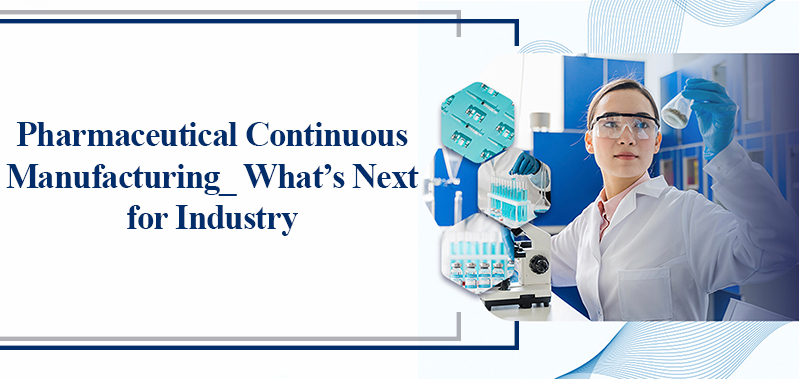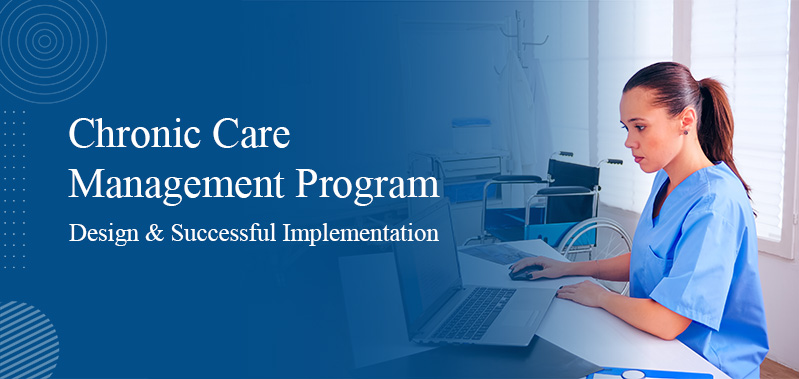
Pharmaceutical Continuous Manufacturing: What’s Next For Industry?
The pharmaceutical industry is experiencing a significant shift towards continuous manufacturing (CM), moving away from traditional batch processing. Continuous manufacturing operates without interruption, potentially increasing efficiency, agility, and flexibility in drug production. This can result in higher product quality and faster market access. If you’re looking to explore continuous manufacturing in pharmaceuticals, read this article and learn about the core components of this process.
Continuous Manufacturing in the Pharmaceutical Industry
Continuous manufacturing (CM) leverages advanced sensor technology to continuously monitor and control production, making quality control a standard part of the process. Unlike batch manufacturing, which stops after each process for quality checks and requires significant manual labor, CM operates continuously, injecting raw materials and extracting products in an ongoing flow. This method, already popular in industries like automotive, food, and electronics, is gaining traction in the pharmaceutical sector, particularly for over-the-counter products like personal care items.
The transition to CM in pharma has been slower, partly due to the high initial costs of setting up such systems. However, the FDA estimates that CM can reduce drug production time to just one day, compared to up to a month for batch manufacturing. This efficiency stems from the elimination of constant setup and breakdown processes between batches.
CM's automated and integrated processes, such as reaction and crystallization, enhance productivity and reduce labor demands. It also facilitates quicker scaling of production and parameter adjustments, enabling faster market introduction of active pharmaceutical ingredients (APIs) and final products. Continuous monitoring ensures high-quality output, reduces solvent usage, minimizes environmental impact, and enhances workplace safety. The adoption of CM technology is driven by these benefits and the increasing demand for high-quality formulations and APIs.
Changes in Manufacturing Technology in the Pharmaceutical
Batch manufacturing has long been the standard for the production of active pharmaceutical ingredients (APIs), with each step carefully regulated to ensure compliance with quality standards. Continuous manufacturing (CM) has been the subject of ongoing study, but its actual implementation has lagged.
The advantages of CM have been more apparent lately because of the difficulties in procuring labor forces and reducing human error. Because CM doesn't require the elimination of intermediate products like batch manufacturing does, it cuts down on labor costs and manufacturing time. This approach reduces the possibility of human mistakes and enables flexible production volume modification depending on equipment working time, which aids in meeting variations in demand.
Moreover, CM does away with the requirement to scale up processes across many facilities, which cuts down on development times and promotes a more seamless transition from the manufacturing of experimental drugs to commercial production. High-quality assurance is further guaranteed by real-time quality monitoring throughout the CM process.
Although continuous manufacturing in pharmaceuticals is well-established in sectors such as food and petrochemicals, regulatory barriers have delayed its implementation in the pharmaceutical business. However, in 2004, the Food and Drug Administration (FDA) of the United States acknowledged its potential and added guidelines on CM in medications. The FDA authorized the first solid medication compositions made with CM in 2015. In order to enhance the regulatory landscape and expedite the implementation of CM in the pharmaceutical industry, the International Council for Harmonization of Technical Requirements for Pharmaceuticals for Human Use (ICH) began formulating guidelines in 2018. The recommendations are intended to assist the practical application of CM.
Pharmaceutical firms can reap significant advantages from continuous manufacturing (CM) as profit margins narrow. These benefits include lowered costs, lower risks, and faster production schedules. Higher yields, a smaller manufacturing footprint, less energy use, consistent output, more agility, and decreased waste can all result from the switch to CM.
However, several obstacles have made the adoption of CM sluggish. High start-up expenses are a major deterrent since businesses must replace outdated machinery, hire new employees, train workers, and modernize infrastructure. Concerns exist regarding CM's applicability for applications other than the mass production of inexpensive medications. The necessary setup and cleaning time during changeovers presents a problem for small-batch items. Notwithstanding these obstacles, the pharmaceutical industry finds CM to be a promising route due to its potential long-term rewards.





I struggled to keep myself up to date with the industry updates, thank you Conference Panel for publishing this kind of topic and helping me access the information.